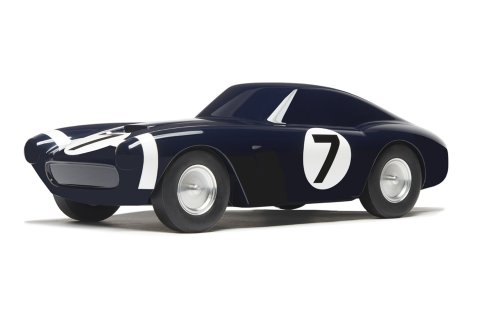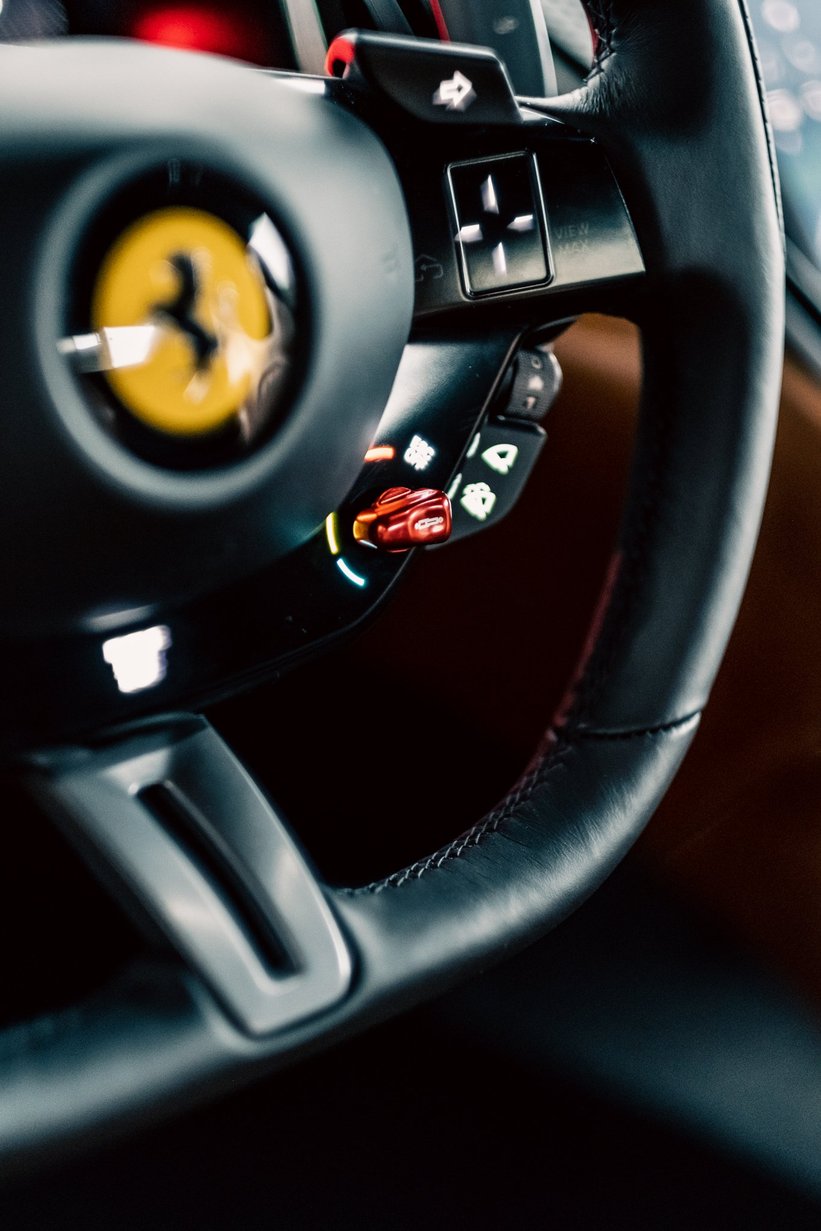

When a book about one of two, dark blue and white (the Scottish national colours), short-wheelbase Ferrari 250 GT’s, chassis number 2119 - written by Doug Nye - landed on the desk of Jakub Pietrzak, the Polish Ferrari importer, he immediately picked up the phone. The call he made was to the company’s “Tailor Made” department. The mission: to change the specs on the Roma press car he had on order to something more exciting and inline with the "Ispirazioni" options on offer . To be honest, this sudden stroke of genius was an obvious choice for a model that was marketed as a direct tribute to the carefree spirit of the brands 1950’s and 60’s grand tourers…
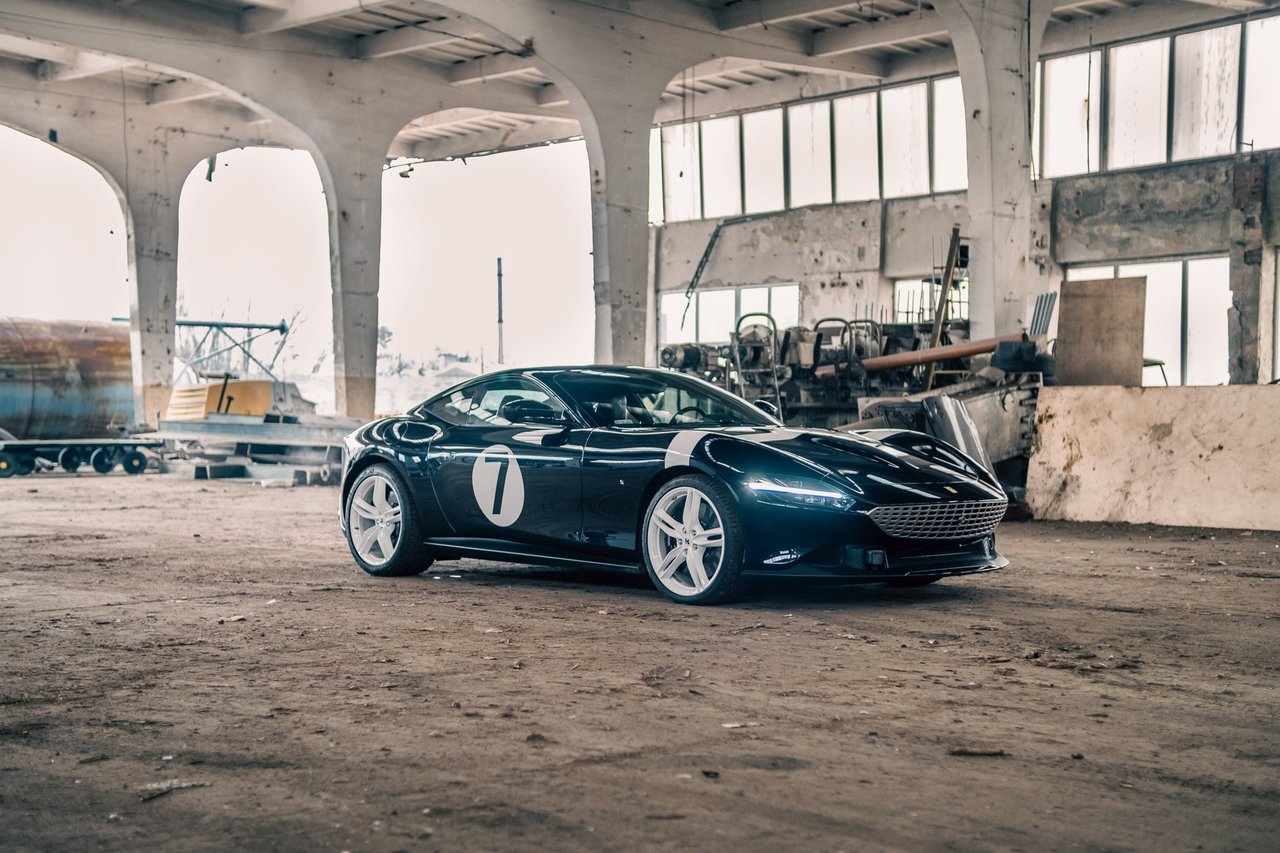
Fast forward a few months later and I find myself in the middle of a derelict, ex-communist industrial estate in one of greater Warsaw’s districts, looking at the finished result. The Roma itself is one peculiar car - much more attractive in person than in any photos you’ll find online. Its clean, curved shape is very well proportioned and clearly, but very subtly, draws inspiration from great front engined Ferrari’s of the past - like the 550 or 275 GTB. This subtlety is well executed. These hints are only noticeable when you see how natural light hits certain surfaces of the car.
This is a triumph in terms of automotive design, considering that Flavio Manzoni didn’t make the job any easier for himself by choosing not to use things like fake intake ports or body panel creases that would directly evoke past models. None of the obvious, retro-futuristic, and dare I say…opportunistic methods you see on other cars (like the new Countach). Just a respectful, modern reinterpretation of a classic formula. And yes, you might think its rear is on the thick side, or that the front overhang is quite long, but they’re actually not.
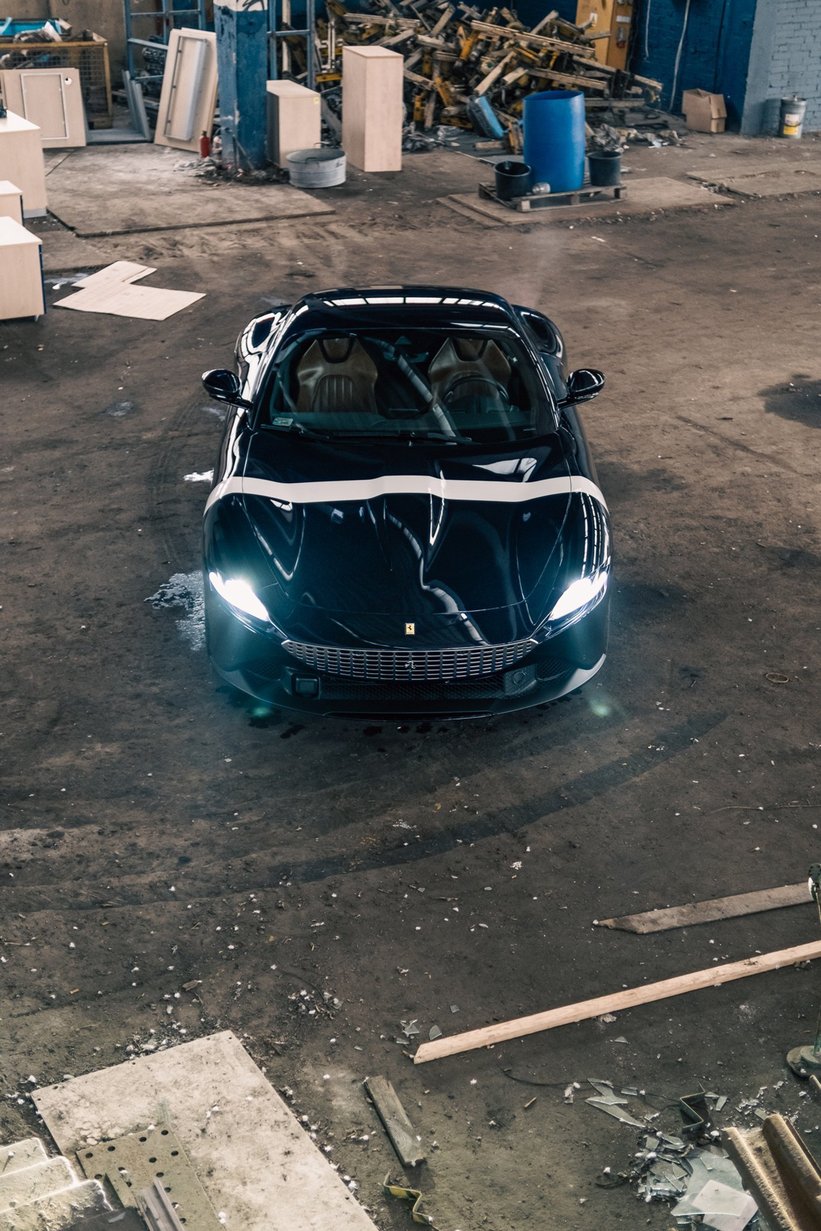

Therefore, unlike its modern-day siblings, the Roma is an understated machine. To the point were there actually aren’t that many separate, eye-catching details on it that one could photograph. The most dramatic thing to mention, besides the performance, might be the bespoke paint job and the fantastic ‘Heritage Mahogany Reddish Brown’ leather interior. The cabin not only looks fabulous, but also smells like a classic car (just without the added whiff of oil and carbon monoxide).
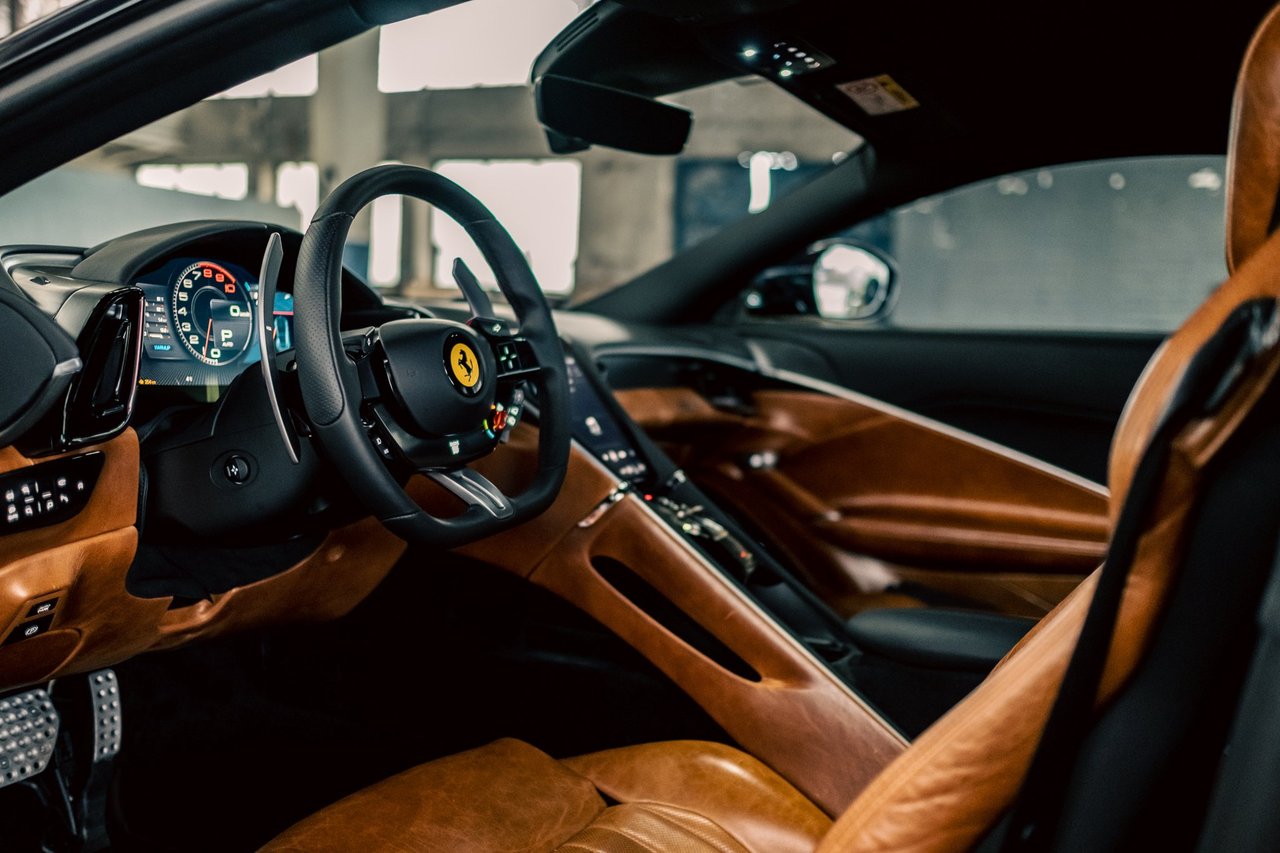
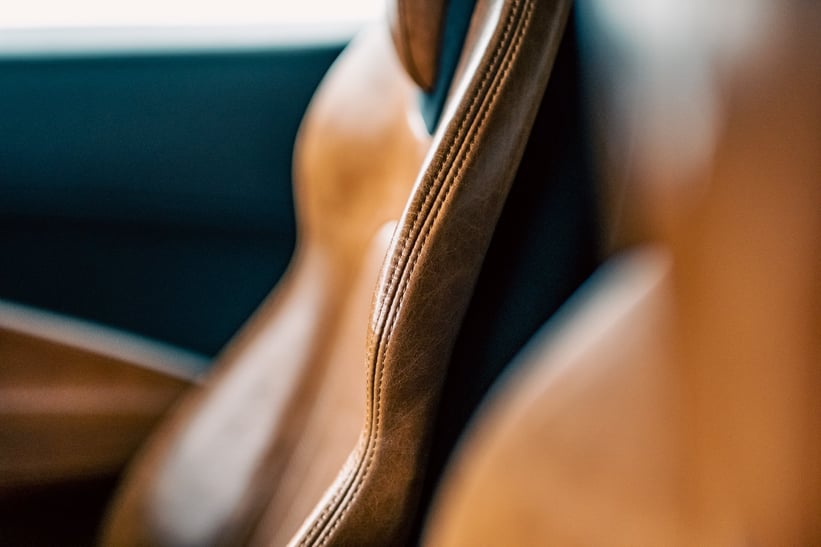
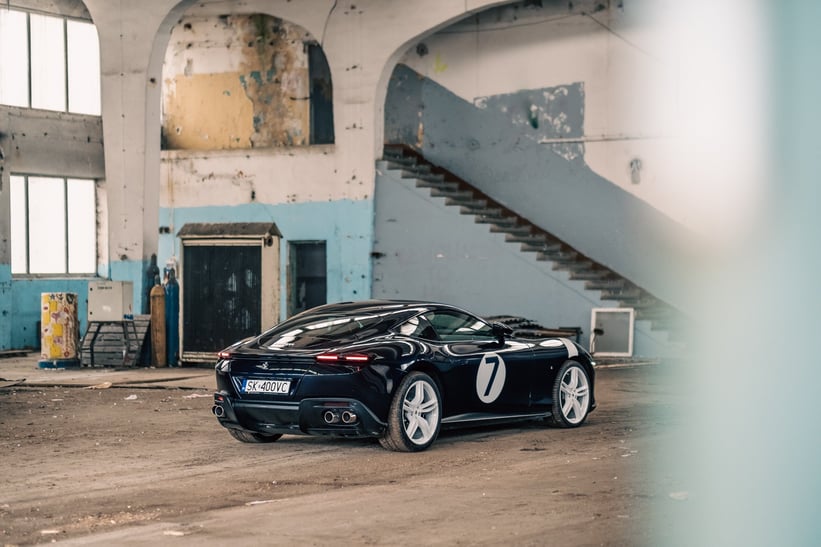
As for this Roma’s source of inspiration, there’s plenty of drama in the shape of the 250 GT SWB’s Pininfarina-designed body, which looks like a bodybuilder flexing his muscles under a tight t-shirt. Add to it a kerb weight of 1107 kg, disc brakes and the 300 hp’s of the 3-litre Colombo V12, and you get a car, which - performance wise - can clearly put its money where its exhaust note is.
Small wonder that in the capable hands of Moss and Parkes — under a team founded by Johnnie Walker heir, Rob Walker, who became famous for being F1's most successful privateer in history — the two Ferraris were able to score some serious victories over much newer and more sophisticated (in terms of suspension set-up) Jaguar E-Types and slightly more powerful DB4 GT Zagatos.

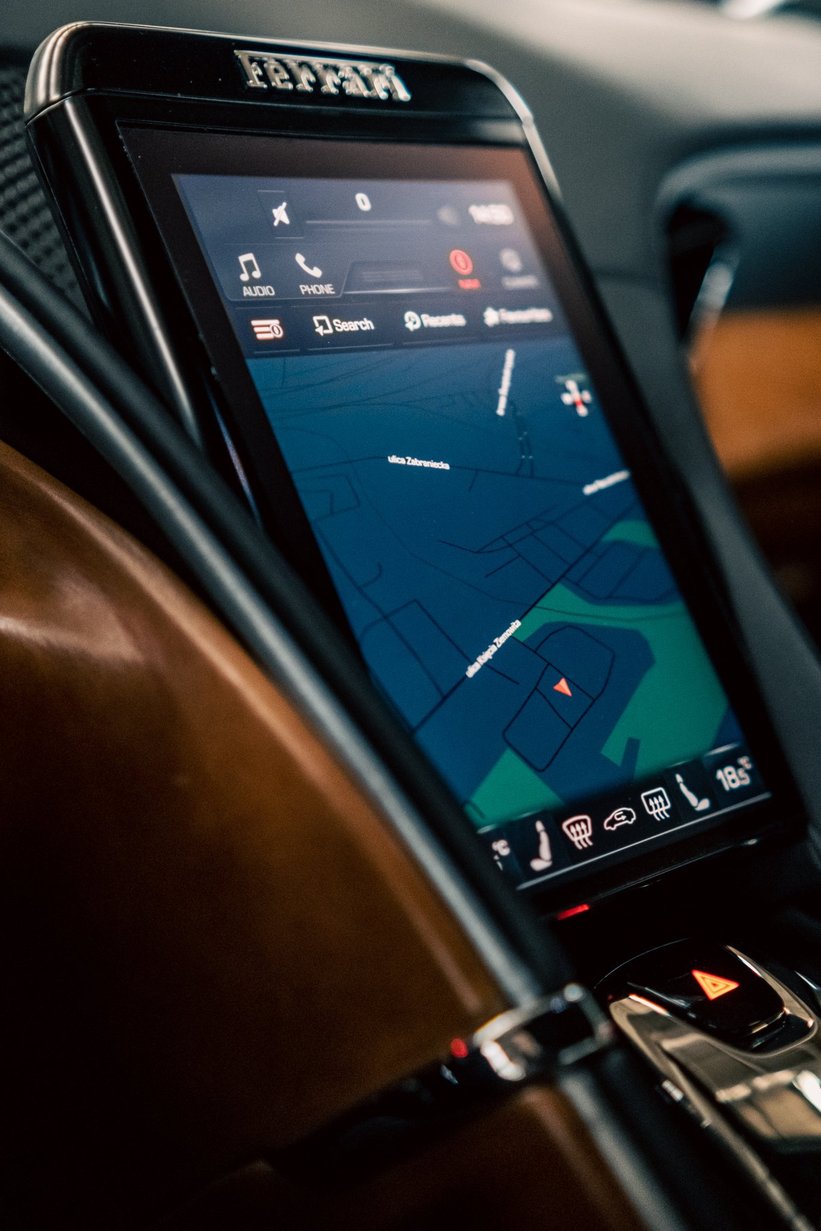
Wins included the 1960 RAC TT at Goodwood and the Silverstone International Trophy, and the Brands Hatch Peco Trophy and Nassau TT in 1961. Moss also scored a victory in the ’61 Goodwood TT, but what’s most impressive is that after the race, his car was driven to Maranello over the Alps and back by Giotto Bizzarini. And they say that Porsches are the only cars capable of racing on a Sunday and driving to the office on a Monday…
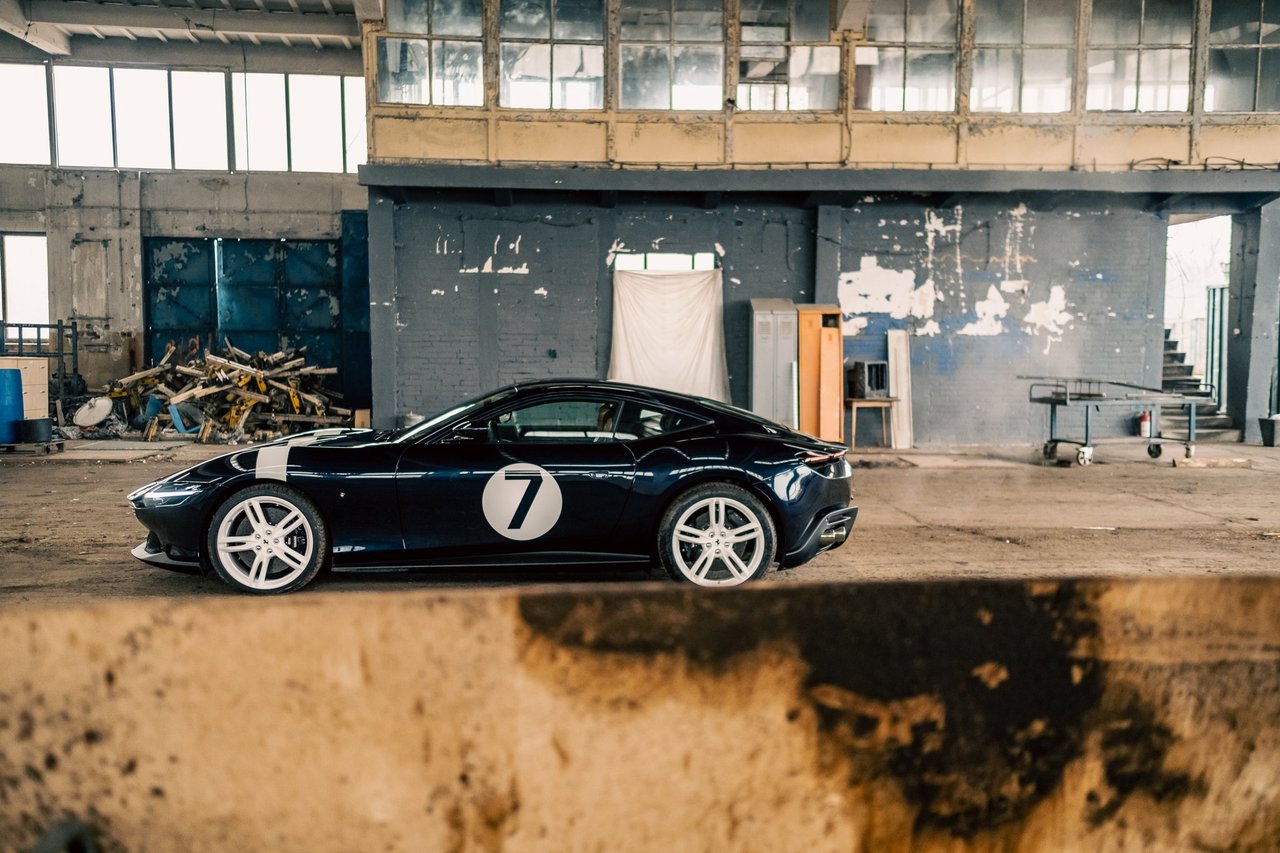
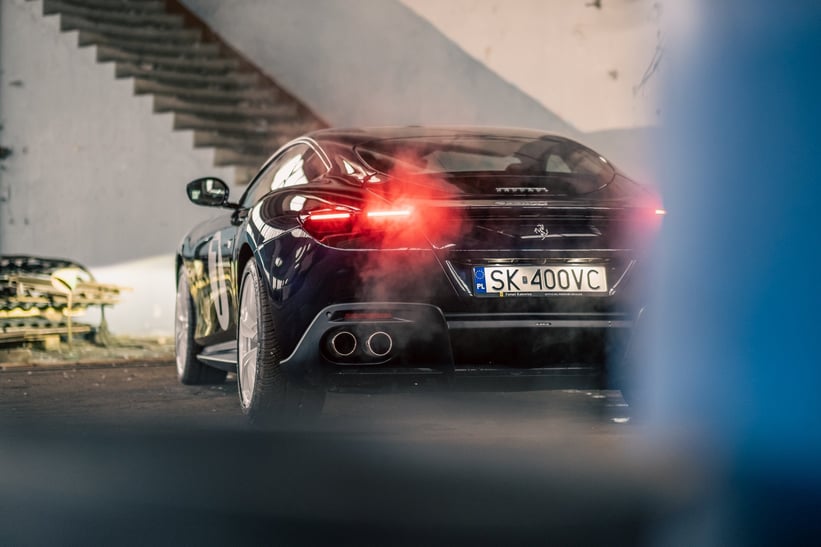

The Roma isn’t a racer, that is obvious, but it’s no slouch either. Surprisingly light at 1570 kg (only 94 kg’s heavier than a Golf-R!) with a twin-turbo, four litre V8, it churns out 620 hp and - more impressively - 760 Nm of torque, available as low as 3000 rpm. All that paired to a double-clutch 8-speed, transaxle gearbox amounts to a perfect weight distribution and a 0-200 kph acceleration time of 9,3 sec. (3,4 to 100 kph).

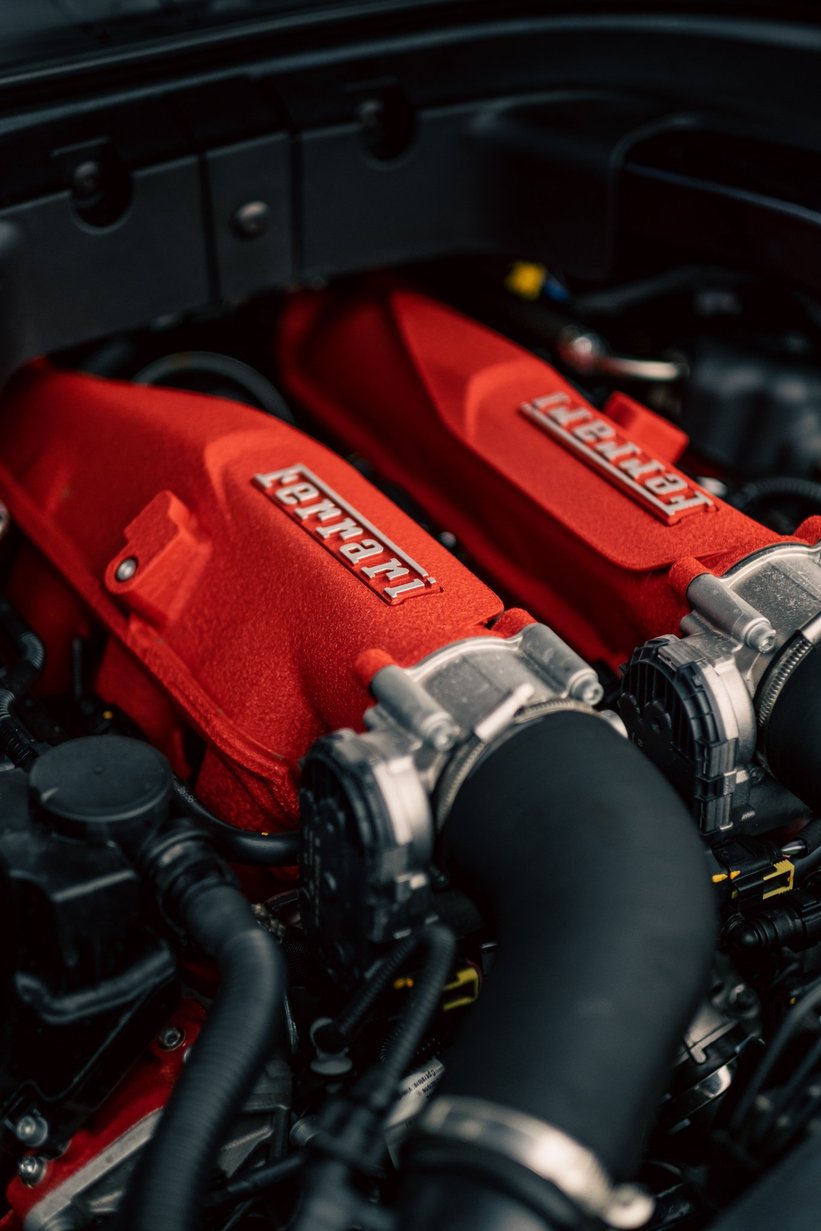
It’s also great to drive, with direct and quite sharp steering and a clever, limited slip diff with “Side Slip Angle Control 6.0” that can make even the unexperienced look like Moss himself. Of course everything is configurable via the “manettino” selector. Although, in winter conditions I rarely took it out of “wet” or “comfort” mode - as the ample torque would try to get the tail out at even the thought of touching the throttle. The only supposed difference between the old car and the new - I’d have to yet drive a 250 SWB to be sure, which might not happen soon - is that you could use the Roma daily.
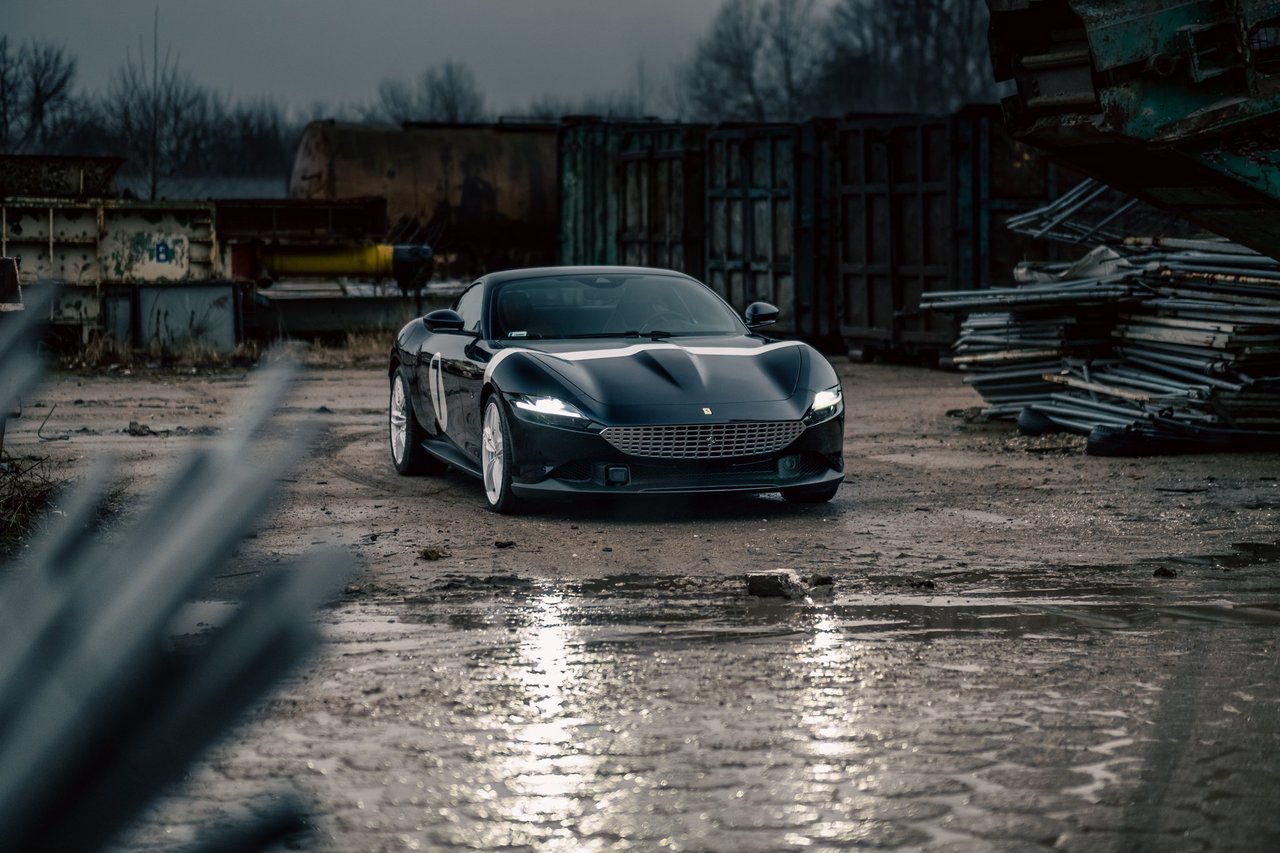
It’s not too big, or too wide (unless you live in a medieval town), and it’s easy to see out of and accurately place on the road thanks to the protruding wheel arches. It also has every imaginable modern creature comfort and at speed, in 8th gear, it’s fuel efficient and very quiet. Most importantly it is extremely comfortable, with a suspension that eats up bumps and potholes like I’ve never experienced in a sports-car before. Its final party trick is that it rides at a height which doesn’t require nose lift.
Is it a true GT? No. Mostly because of the lack of boot space (although nobody tours in cars anymore). More importantly - is it a worthy successor to the 250 GT SWB? It sure as hell is a great tribute!
Photos: Błażej Żuławski for Classic Driver © 2022
Many thanks to Fabryczne Atelier for lending us their amazing warehouse for the shoot and to Ferrari Poland and La Squadra for lending us the car.





























































